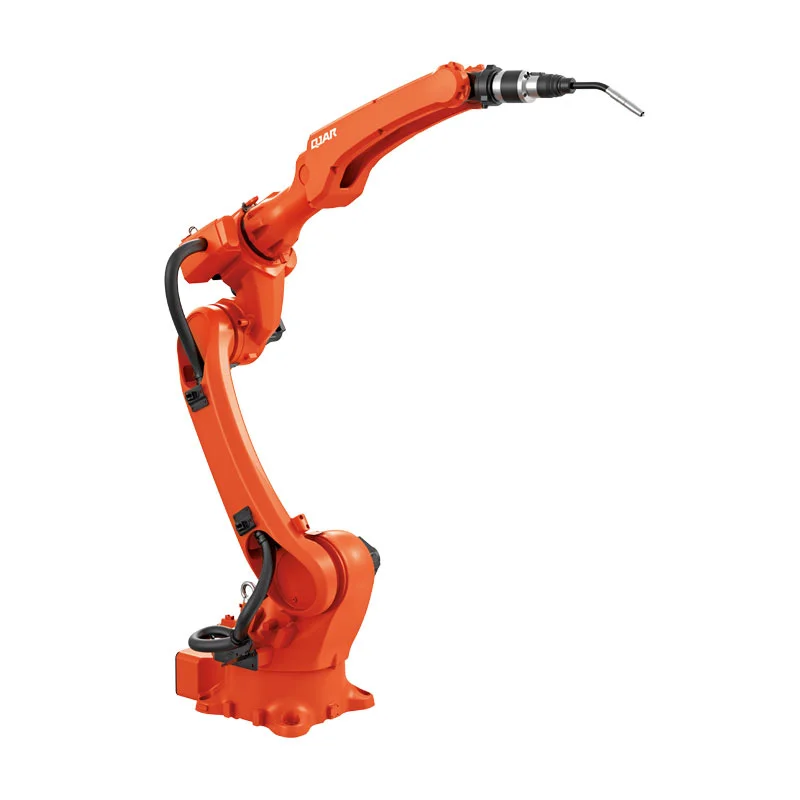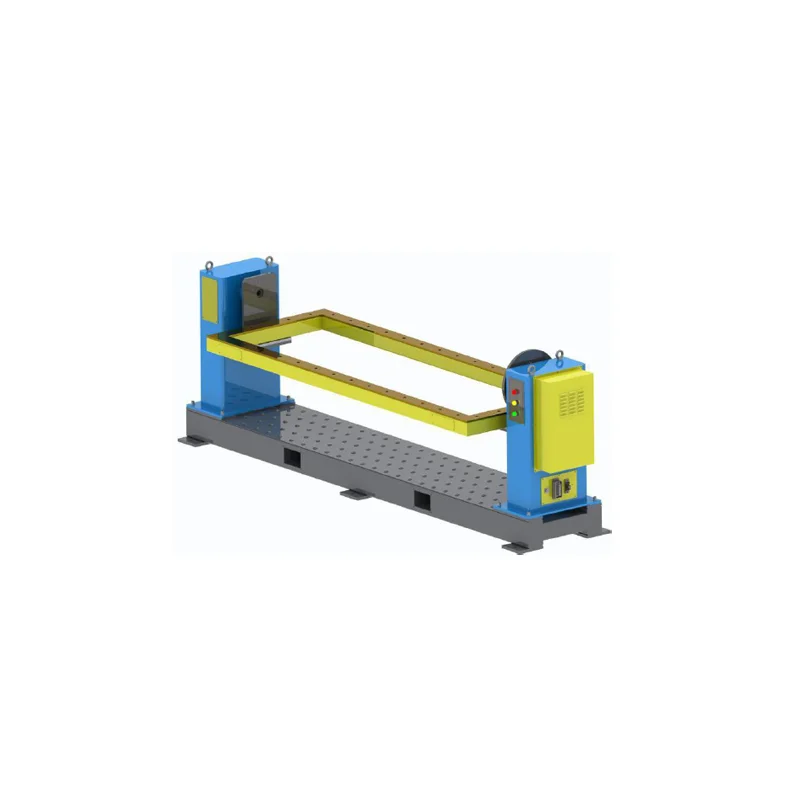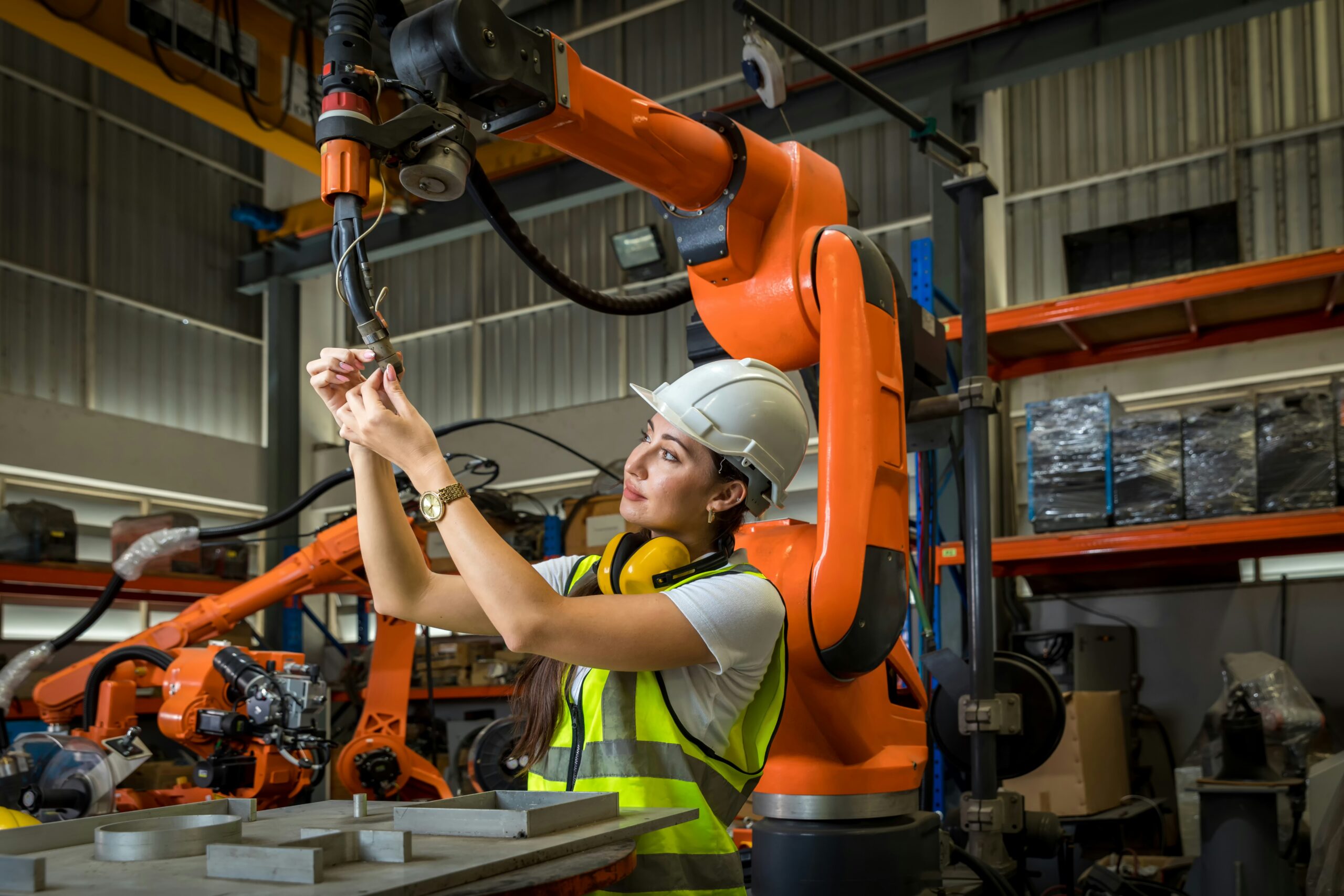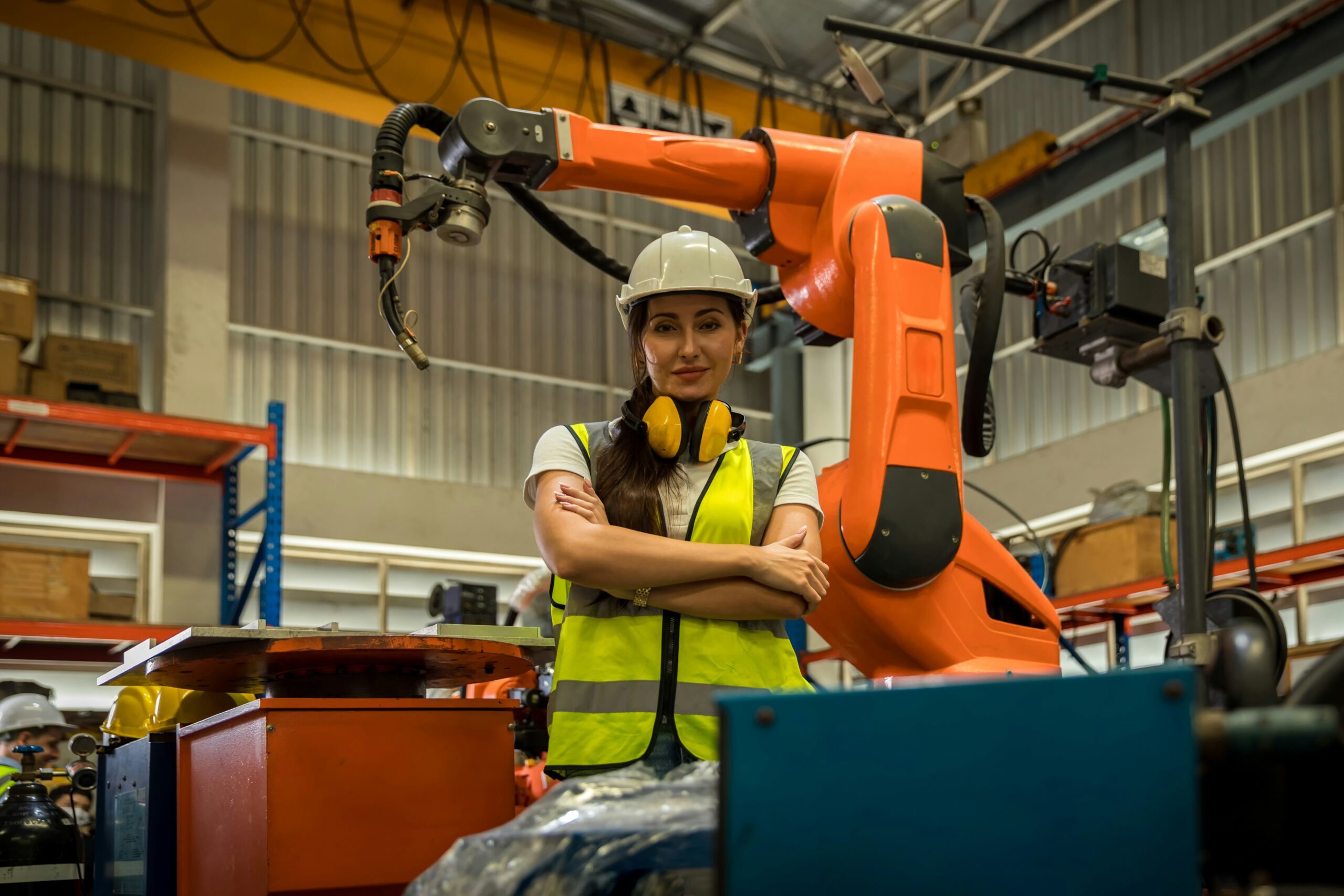In a welding industry that is at a pivotal juncture, safety, productivity, and accuracy are presently more significant than ever before. Advanced robotics and positioning technologies, which presently exhibit superior precision and consistency compared to human capabilities, have brought about a paradigm transition within the manufacturing sector. In multiple industries, the benchmarks for welding operations are being revolutionized by the QJR6-2000H welding robots and the EVS-SWP-ZW series welding positioners, which are at the vanguard of this paradigm shift.
The Emergence of Welding Robots in Contemporary Production
An Anarchy of Welding Robots
By providing unmatched accuracy, velocity, and uniformity, welding robots have become an essential component of contemporary manufacturing. As an illustration of this technological progress, consider the QJR6-2000H welding automaton. Its 6-axis flexibility, 2014mm reaching distance, and 6kg payload capacity constitute a substantial advancement in the field of robotic welding. Featuring versatility and efficiency, this device is capable of welding carbon steel, stainless steel, aluminum, and copper, among other materials.

The Advantages of Welding Robots
Adoption of welding robots to the production floor, such as the QJR6-2000H, provides numerous advantages. In addition to the evident benefits of heightened productivity and consistent quality, the autonomous execution of high-risk tasks by these robots substantially improves operator safety and diminishes the likelihood of human error. Moreover, their capacity to function in confined or perilous settings without experiencing fatigue significantly enhances the quality of welds and overall safety in the workplace.
Technological Advancements in Welding Positioning
An Overview of Welding Positioners
Welding positioners serve as supplementary equipment to welding robots, contributing significantly to the attainment of ideal welding angles and the improvement of weld quality as a whole. Featuring variants capable of supporting burdens ranging from 500kg to 1200kg, the EVS-SWP-ZW series exemplifies the most recent advancements in positioning technology. Depending on the model, these single-axis servo positioners are engineered for high precision, providing repeat positioning accuracies as precise as ±0.10mm.

Technological Advancements and Advantages
The welding positioners of the EVS-SWP-ZW series incorporate technological advancements that have a substantial influence on both the quality and efficacy of the welding process. All of the components in their design—a tail case, a gyration main spindle case, and a welding gyration frame—are engineered to ensure durability and stability. The achievement of faultless welds is contingent upon the high gyration stability and positioning accuracy ensured by the AC servo motor and RV precise reducer. These developments enhance not only the quality of the weld but also the adaptability and efficiency of welding processes.
Positioners and Welding Robots Working in Concert
The Integration of Positioners with Robots
By combining welding positioners with welding robots, as in the case of the QJR6-2000H robot with EVS-SWP-ZW positioners, an exceptionally effective and accurate welding system is produced. As an illustration of how coordination between robotics and positioners can result in optimal welding outcomes, this synergy enables the completion of more complex welding tasks in less time and with greater precision.

Increased Accuracy and Adaptability
By virtue of the improved precision and adaptability of this amalgamation, manufacturers are now capable of commencing endeavors that were hitherto deemed impracticable or laborious. By virtue of the positioners’ and robots’ technical specifications, each weld is executed with the highest degree of precision, thereby reducing the probability of defects and rework by a substantial margin.
Applications in the Real World and Case Studies
Case Study Synopsis
An exemplary demonstration of the practical application of these technologies can be observed in the welding of fitness equipment, where QJR6-2000H robots and EVS-SWP-ZW positioners were utilized. This integration resulted in a substantial enhancement in weld quality, efficiency, and space utilization. The seamless coordination between the positioners and robots produced welds that were more uniform, secure, and secure, thereby demonstrating the pragmatic advantages of incorporating sophisticated welding robots and positioners.
Benefits Acquired
The undertaking achieved a number of significant advantages, including substantial time savings and an improvement in the welds’ overall quality. The robot’s capacity to execute automated welding with exceptional efficiency and accuracy emphasized the significance of incorporating such cutting-edge technologies into manufacturing procedures; this represented a substantial advancement in comparison to conventional welding techniques.

Trends in Welding Technology for the Future: Anticipating Technological Advancements
The trajectory of welding technology appears auspicious, as continuous progressions are anticipated to introduce enhanced levels of automation, accuracy, and productivity. The potential for adaptive welding strategies to be implemented in systems comprising welding robots and positioners through the integration of AI and machine learning has the capacity to enhance welding processes and results.
The Importance of Machine Learning and AI
The incorporation of artificial intelligence (AI) and machine learning (ML) technologies into welding robots and positioners presents promising prospects for proactive maintenance, instantaneous modification of welding parameters, and independent decision-making. This progression will probably augment the functionalities of welding systems, rendering them more versatile, effective, and capable of managing intricate welding assignments with minimal need for human involvement.
Conclusion
The integration of sophisticated welding robots and positioners, such as the QJR6-2000H and the EVS-SWP-ZW series, has revolutionized the welding industry, demonstrating the capability of technology to improve manufacturing processes. By introducing precision, efficiency, and safety, these innovations establish novel benchmarks for welding duties in terms of quality and productivity. Adopting these technologies will be essential for businesses seeking to maintain competitiveness and satisfy the ever-more-stringent demands of contemporary manufacturing as the sector continues to develop.
Integration of sophisticated welding automation and positioners holds considerable promise for potential enhancements in the efficiency, quality, and safety of the welding industry. Producers can ensure they are strategically positioned to capitalize on the substantial opportunities that arise from advancements in robotics and positioning technology by remaining informed of the most recent developments in these fields. Welding has entered its future: it is presently automated, productive, and precise.
